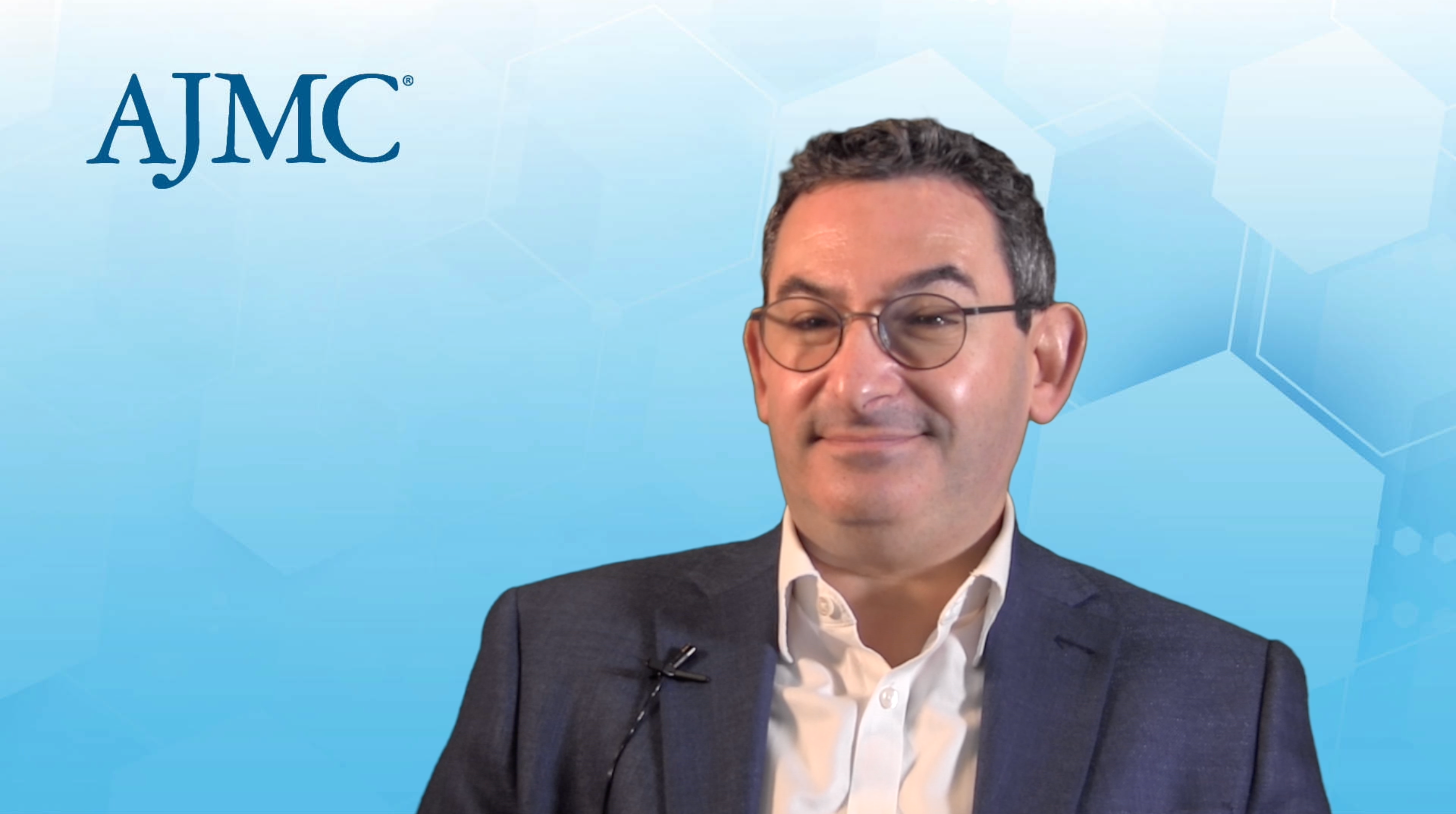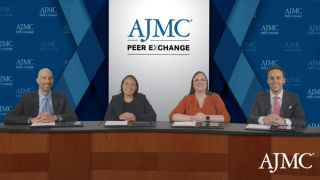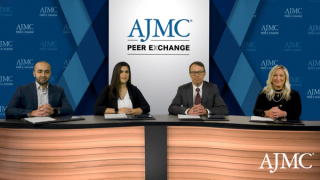
Clinical
Latest News
Latest Videos

CME Content
More News

Results from the ALPINE trial were presented Tuesday at a late-breaking session of the 64th American Society of Hematology Annual Meeting and Exposition, held in New Orleans, Louisiana.

David Lieberman, MD, PhD, discusses the results of the phase 3 LAVENDER trial of trofinetide and the phase 3 AVATAR trial of blarcamesine and how patients and families can learn about eligible clinical trials for possible participation.

An expert provides an overview of the RSBQ and CGI score measurement tools and other tools/methods of assessment used in clinical practice.

A multicenter study supports the use of ruxolitinib in steroid-refractory and steroid-dependent chronic graft-versus-host disease, adding to promising clinical trial findings.

Authors of the observational cohort study developed and validated novel sex-informed prognostic and genomic scoring systems for patients with myelodysplastic syndrome (MDS).

The PI3K cell-signaling network has been an important therapeutic target in oncology research for nearly 40 years ago, but the use of PI3K inhibitors in hematologic malignancies has come under scrutiny amid concerns about efficacy and safety.

The report is the first recorded case of acute respiratory distress syndrome (ARDS) that required venovenous extracorporeal membrane oxygenation and was complicated by spontaneous spleen rupture.

Key opinion leaders emphasize the significant role of immunotherapy for patients being treated for gastroesophageal cancer.

Expert panelists navigate optimal treatment strategies for patients with gastroesophageal cancer.

Key social determinants of health impacting MDD are discussed by expert payer panelists.

Drs Chitre and Weaver explore social and health care disparities more prominently affecting various MDD patient populations.

Results from a phase 3 study of patients with acute myeloid leukemia (AML) are being presented at the 64th American Society of Hematology Annual Meeting and Exposition in New Orleans, Louisiana.

Results for talquetamab presented at the 64th American Society of Hematology Annual Meeting and Exposition showed that about 70% of patients with multiple myeloma had responses.
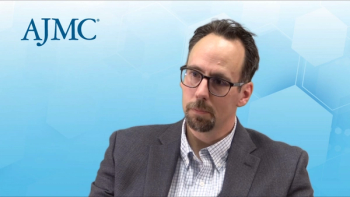
Building equitable clinical trials means being thoughtful about trial design and criteria, said Matthew J. Maurer, DSc, statistician at Mayo Clinic, director of the statistics and informatics core of the Lymphoma Epidemiology of Outcomes (LEO) cohort.

Response, progression-free survival, overall survival, time-to-next-treatment, and toxicity outcomes were evaluated among patients with advanced cutaneous squamous cell carcinoma (cSCC) who received first-line treatment with immune checkpoint inhibitors.

The ongoing multicenter open-label adaptively randomized phase 2 I-SPY2 trial is currently investigating dual immune blockade with cemiplimab plus the investigational agent REGN3767 as neoadjuvant therapy for early-stage, high-risk breast cancer, and new data were presented yesterday at the San Antonio Breast Cancer Symposium.
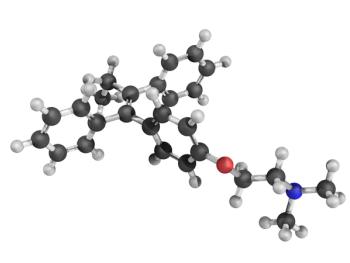
Babytam is the 5-mg daily dose of tamoxifen being studied in the ongoing TAM-01 study, which is investigating incidence of invasive breast cancer or ductal carcinoma in situ among high-risk women who have received the treatment regimen for 3 years.

Infertility and mental health have a complex relationship, with the impact of mental distress in evaluating for infertility and fertility treatments being quite significant.

Mental and physical health aspects of quality of life (QOL) improved after sutimlimab treatment in patients with cold agglutin disease (CAD) during a phase 3 trial.

The utility of annual MRI plus mammogram was investigated in a new meta-analysis delivered at this year’s San Antonio Breast Cancer Symposium, with the goal of optimizing use of MRI by considering potential for overdiagnosis and tailoring to age and risk group.

A recent review emphasizes a need for novel therapies, summarizes current phase 3 clinical trials, and suggests several considerations for future trials in high-risk myelodysplastic syndromes (MDS).

The American College of Cardiology’s 71st Scientific Session covered how to address the impact of social determinants of health on cardiovascular outcomes, understanding the latest developments in digital health, and the role of COVID-19 on heart health.

With human epidermal growth factor receptor 2 (HER2)–low breast cancer still a relatively newly classified disease subtype, research is increasingly focused on the disease, in which cells express lower levels of the HER2 protein than are adequate to classify a patient as having HER2-positive disease.

Expert panelists share strategies and considerations for selecting optimal treatment pathways for patients with lupus nephritis.

Alvin Wells, MD, PhD, provides an overview of the lupus nephritis treatment landscape.



